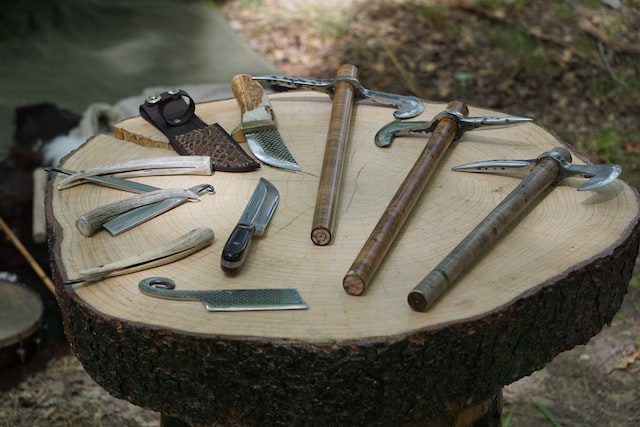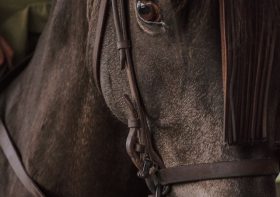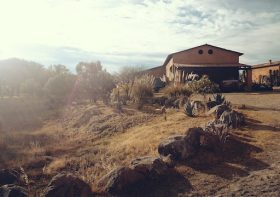The Difference Between Folding Knives and Hunting Knives

If you have wondered what the difference between folding and hunting knives is, you are not alone. While both are great outdoor tools, there are some specific differences that you should know about.
Drop Point Blade Paired With Clip Point Blade
A drop point blade paired with a clip point blade makes a formidable pair. These blades are durable and versatile and have many utility uses. They are often used for stabbing, skinning, or detail work. However, many users need to know how the two points fit together.
While there are thousands of blade shapes to choose from, a few simple categories can help you narrow down your selection.
The most common type of point is the traditional drop point. This style is droconvenient and sheathes easily. It features stabilized wood handle scales, a thin profile, and a rounded tip.
Another popular point style is the trailing point. The trailing point is a thin, shave-able edge that excels at stabbing. Unlike the drop point, the top of the spine does not have a swage.
Spey-point Blade Rooted in Specialty Usage
Spey-point blades are uncommon in today’s modern knives Canada. However, these knives have been used in history for various uses.
This blade type is often used to slash, pierce, or skin animals. They also work well to remove band-aids and gauze from wounds. If you are considering using one, make sure you have a sharp blade. Otherwise, you may damage the skin or cause the injury to worsen.
The original Spey point was created to cut flesh without puncturing the tissue surrounding it. Cowboys also used it to castrate cattle. Today, this type of knife is still widely used by hunters.
Push-button Lock
A push-button lock on folding and hunting knives makes it easier to deploy the blade in various scenarios. This is especially useful for outdoor activities but also handy at home. There are multiple types of locks, and they all function differently.
The first simple locking systems spread in the Middle Ages. Eventually, several improvements were made. One of the more intuitive is the ring lock. Another is the back lock. These are both popular, but the latter is more challenging to work with.
The liner lock is another common mechanism found on some folding knives. It uses a section of the handle liners cut out to create a spring effect.
Utility Knives Have a Wide Range of Uses
Utility knives are multi-purpose culinary tools that can be used for various tasks. They are generally lightweight and can handle cutting hard vegetables and meat.
Many utility knives feature a quick-change mechanism, which makes changing the blades easy. Another feature is a storage compartment for the used blades.
The blade may retract into the handle when not in use. This allows for easier access to the stored edge and provides convenience.
Depending on your needs, various styles and types are available. Some of them retract automatically, and others can be manually abandoned.
There are also folding models. These are compact and easily carryable in a pouch or tool kit.
Slip Joints Tend to be Smaller than Other Typical Pocketknives
A slip joint is a simple design concept in which a blade pivots around a flat bar called a rear spring. In the real world, a slip joint knife is usually smaller and simpler to operate than a conventional pocket knife. The best part is there’s usually only one thing you have to do to open the blade.
If carrying multiple devices sounds like a nightmare, you may be a perfect candidate for a slip-joint pocket knife. For example, a simple push and pull are essential to opening a slip joint. This starkly contrasts with the many tools needed to open a pocket knife.
The Steel Used in the Blade Determines How Well You Can Sharpen Your Knife
The hardness and durability of your hunting knife are directly related to the steel used in the blade. It is essential to choose the best steel. However, a lot depends on your purpose for using the knife. Before choosing steel, you must know what you will use for the blade.
For example, if you cut with a fixed-blade knife, you will want more rigid steel. Harder blades will be easier to sharpen. They will also last longer before blunting. You may use carbon steel if you use the knife in rough conditions. Carbon steel is commonly found in machetes and survival knives.



